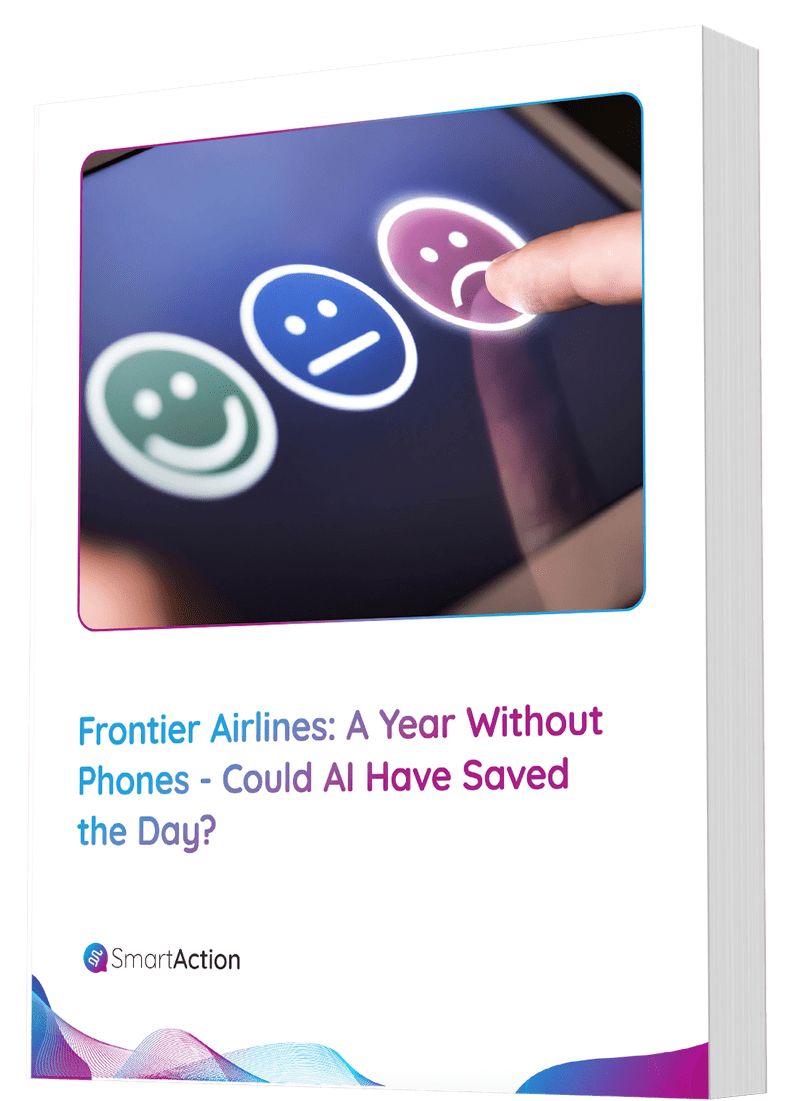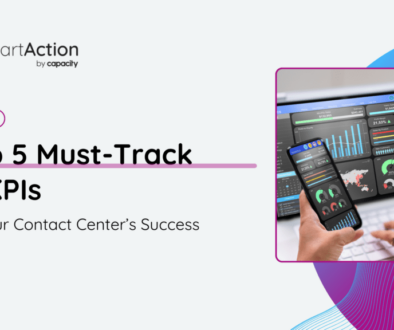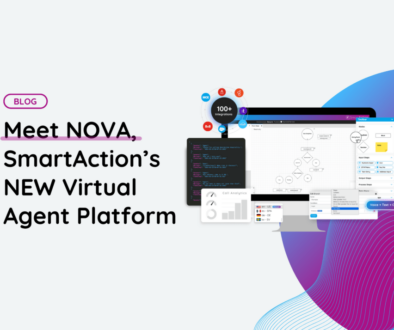The State of Customer Self-Service
Whether it’s using the self-checkout station or resetting your password, one thing is certain — customers love self-service. Or perhaps, they hate waiting even more. Either way, the demand for customer self-service options has been trending upwards in recent years and skyrocketed exponentially last year, largely in part due to COVID.
The pandemic forced many businesses to look for new ways to interact with their customers. Hospitals shifted to a telehealth model to engage patients for routine visits and some non-medical emergencies. Consumers opted to use contactless shopping options or delivery service apps.
What’s interesting is that as more brick and mortar businesses reopen, the majority of consumers plan to continue their ‘new’ shopping behavior, according to a McKinsey study. Many consumers also plan to continue in ‘low touch’ activities such as buying online and picking up in store.
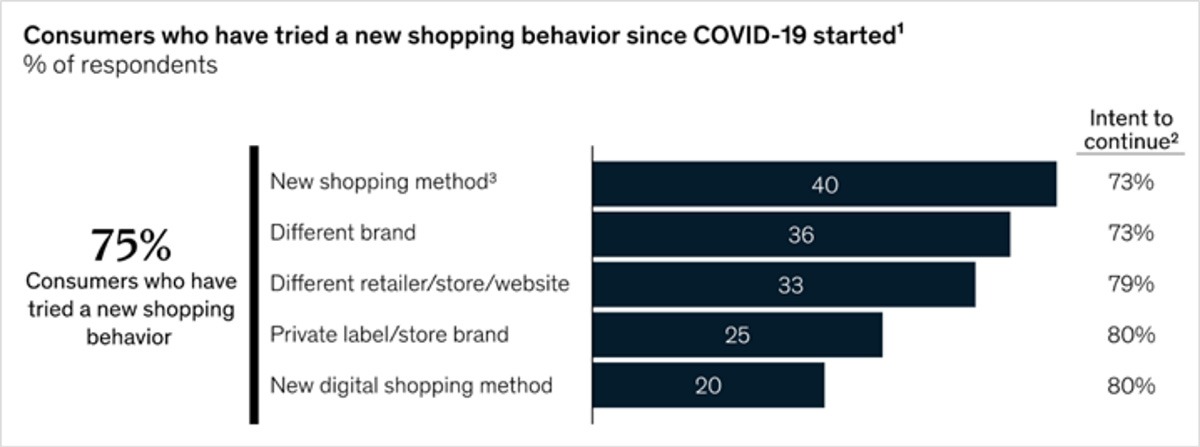
The silver lining is that consumers want self-service options and with advancements in conversational AI, we can now facilitate a customer self-service experience that is quick and seamless. For businesses and consumers alike, this is a win-win.
Here are some trends in customer self-service that are already underway:
1. Advancements in NLP and NLU
The experience of speaking with a virtual assistant (or chatting with a bot) has come a long way from its infancy. AI-driven technologies such as natural language processing (NLP) and its sub-field of natural language understanding (NLU) have significantly improved a machine’s ability to identify intent and derive semantic meaning. Without NLU and NLP, standalone automatic speech recognition systems (ASR) cannot accurately transcribe speech to text, nor process industry-specific jargon. However, by combining NLP and NLU with machine learning models, we are able to augment ASR systems for greater word accuracy and understanding.
Case in point – in the video below, you’ll hear what the ASR transcribes and see how our NLU engine immediately corrects the mistake to what the caller had intended to say:
2. Conversation Complexity
With the advancements in NLP and NLU, we are now able to automate conversations of increasing complexity. We’re seeing virtual assistants handle customer interactions from start to finish — whereas previously, they were call types that were transferred to live agents.
Case in point – when calling an auto dealer service department, a new customer would have to speak to a live agent in order to relay important information such as first and last name, telephone number, vehicle make/model/year, and reason for service. Today, virtual agents can handle this type of conversation in its entirety, in addition to helping the customer schedule an appointment on the nearest or preferred date and time.
Conversation Flow for Auto Service Appointment Scheduling
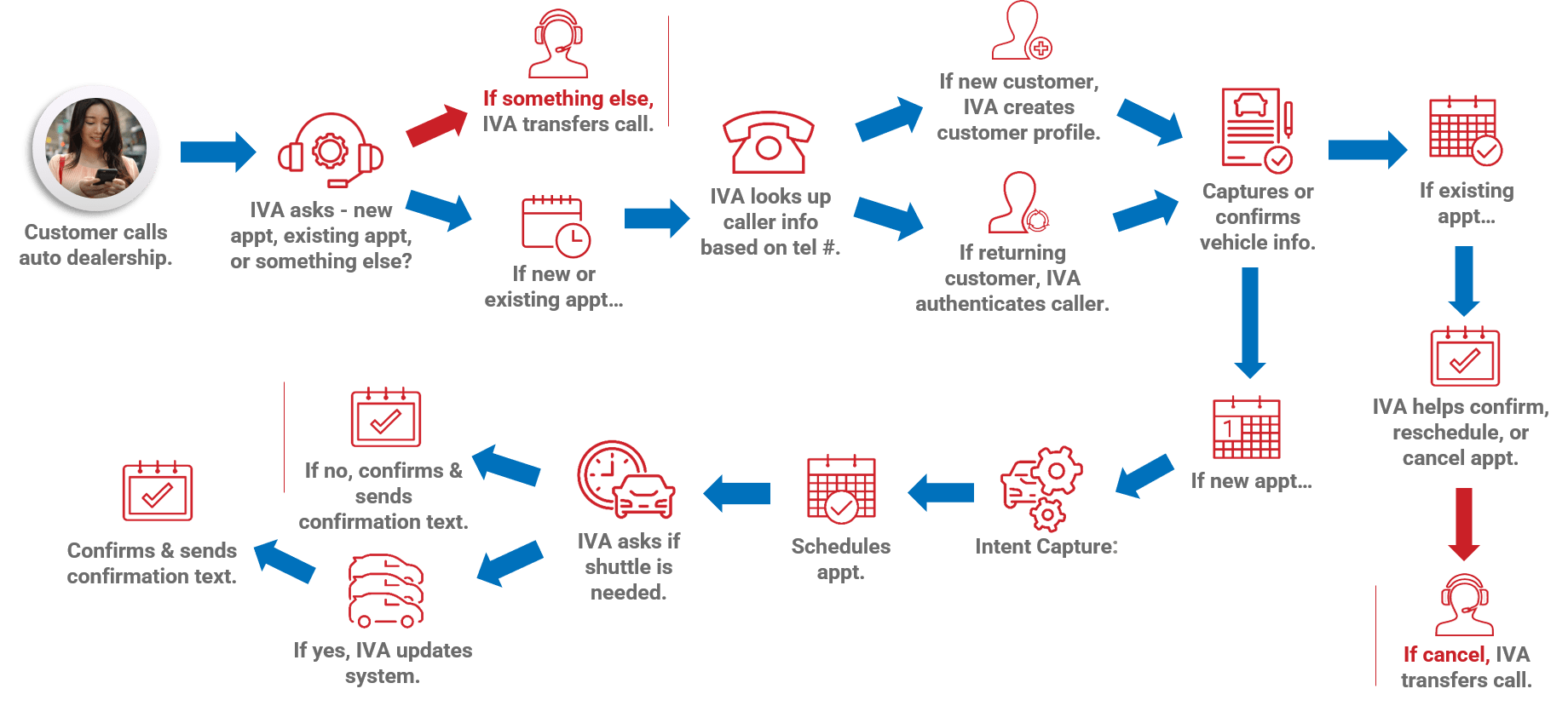
3. Channel Switching
There are some conversations that are simply not conducive over the phone. In this scenario, a conversation between a machine and a human may start over the phone, transition via SMS text, and continue over chat. For example, if there’s poor phone connectivity or in special cases such as triaging symptoms, channel switching will lead to a better user experience. The ability to switch communication channels while maintaining the context of the conversation is key — the last thing a customer wants to do is have to repeat the same information over and over.
Switching Communication Channels
Conclusion
Consumers are embracing self-service technologies for good reason — it’s convenient, quick, and easy. For companies, providing self-service options also has its perks — in addition to reducing operational costs, they are empowering customers to resolve common issues themselves, so that live agents can focus on higher-value engagements or judgment-critical tasks.
Want to learn more? Check out our on-demand webinar, The State of Service, where we take a deeper dive into the trends shaping the customer self-service landscape.


